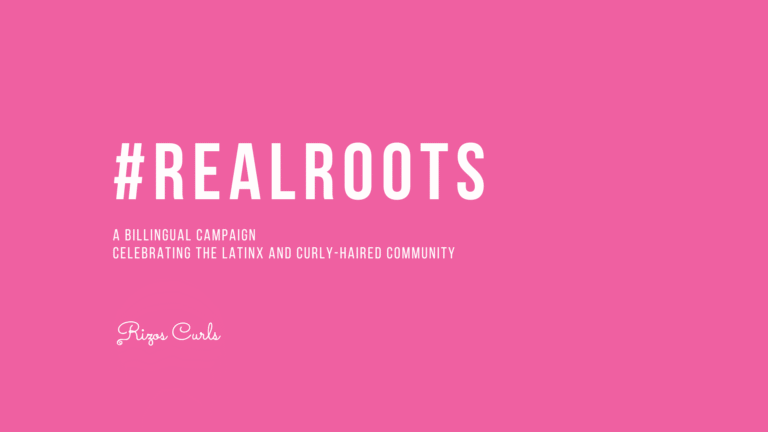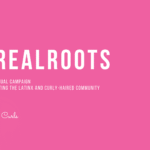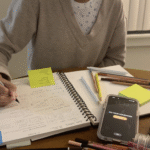Are you a designer feeling unmotivated, exhausted, and uninspired? Chances are you’re dealing with burnout, trapped in a seemingly never-ending cycle of creative exhaustion.
While many designers face this no matter their field or level of experience, many will ‘power’ through despite negative consequences. Even when we mention creative burnout — the “b-word” — we still don’t take the necessary steps to manage it. Instead, we may push through and hope it resolves with time. The real solution is understanding and addressing the crucial factors, ultimately improving your creativity and well-being.
What is Creative Burnout?
Creative burnout occurs when an individual experiences excessive and prolonged stress related to creative work, leading to emotional, physical, and mental exhaustion. It’s more than just feeling tired; it’s a deeper, more persistent lack of energy that impacts your ability to generate new ideas, engage with your work, and find joy in the process.
Common Causes of Creative Burnout in Design
The diversity in the creative field doesn’t exempt designers from burnout. It can hit anyone and there are several common causes, starting with workplace and personal expectations.
Pressure to Perform
Designers constantly face pressure to produce fresh ideas and meet high expectations, in addition to other factors such as tight deadlines or demanding clients. The ongoing stress can take a mental toll, creating a sense of never being “enough.”
Lack of Balance Between Work and Rest
Overworking without proper rest will likely lead to burnout. When designers work long hours or don’t get enough sleep, their creativity suffers, further impacting their mental and physical well-being.
Perfectionism
Aiming for perfection can severely suppress creativity. The fear of making mistakes or overthinking your work makes it hard to move forward with projects.
“It’s our collective delusion that overwork and burnout are the price we must pay in order to succeed.” (Arianna Huffington)
Symptoms of Creative Burnout
Here are some common signs that you might be experiencing creative burnout according to Anne-Laure Le Cunff in Creative burnout: when the creativity tap runs dry.
- Procrastination: Struggling to start tasks or complete work on time for extended periods.
- Fatigue: Prolonged physical exhaustion and mental fog, affecting your ability to stay focused.
- Unhealthy Comparisons: Constantly comparing your productivity and skill level to others online.
- Irritability: Feeling frustrated or snapping at people for no apparent reason.
- Self-Doubt: Doubting your creative abilities and feeling detached from your work, thinking, “I’m not good enough.”
Strategies to Overcome Burnout
Overcoming creative burnout is a unique journey for each individual, there are strategies that can help you recover and regain your creative spark. Prezlab offers valuable ways of managing burnout in their article Creative Burnout in Designers: Causes and remedies.
Manage Time and Planning
In the fast-paced design world, we often juggle multiple projects and deadlines. One way to combat burnout is to get ahead of your workload by managing time effectively. Planning your tasks, setting clear goals, and establishing timelines create a foundation to reduce stress and improve productivity.
Communication and Boundaries
As a designer, you’re constantly communicating with clients, colleagues, and other stakeholders. Being clear with your limits and asking for help is crucial for preventing burnout. Setting boundaries and learning to say no can help prevent overload and ensure you’re not sacrificing your well-being to meet expectations and deadlines.
Connect with Others
“Creativity thrives best on connection.” (Prezlab)
Sometimes, we need others to reignite our creative energy. Whether it’s fellow designers or friends, socializing and exchanging ideas can provide a much-needed spark. Attend design meetups or just have casual conversations to refresh your mind and remind you why you love design.
Take a Break
Resting from work looks different for everyone, but it’s essential to your recovery. Taking a complete step back from your tasks allows your mind to relax and recharge. Engage in activities unrelated to design, explore a new hobby, or take the time to unwind.
Managing the Creative Journey
Creativity is a cycle full of highs and lows, planned tasks and unexpected developments, and much more. Burnout is a natural part of the creative process, but it’s not a permanent one.
It’s a learning experience that teaches us the importance of balance, rest, and self-awareness. Remember to be kind and patient with yourself — the creative journey is not linear, it’s full of surprises and moments of growth.








